The sun may not be green, but it turns out to be adept at recycling.
NASA’s Parker Solar Probe has captured the clearest view yet of solar material billowing away from the sun before some of it makes a “U-turn,” falling back toward the star…
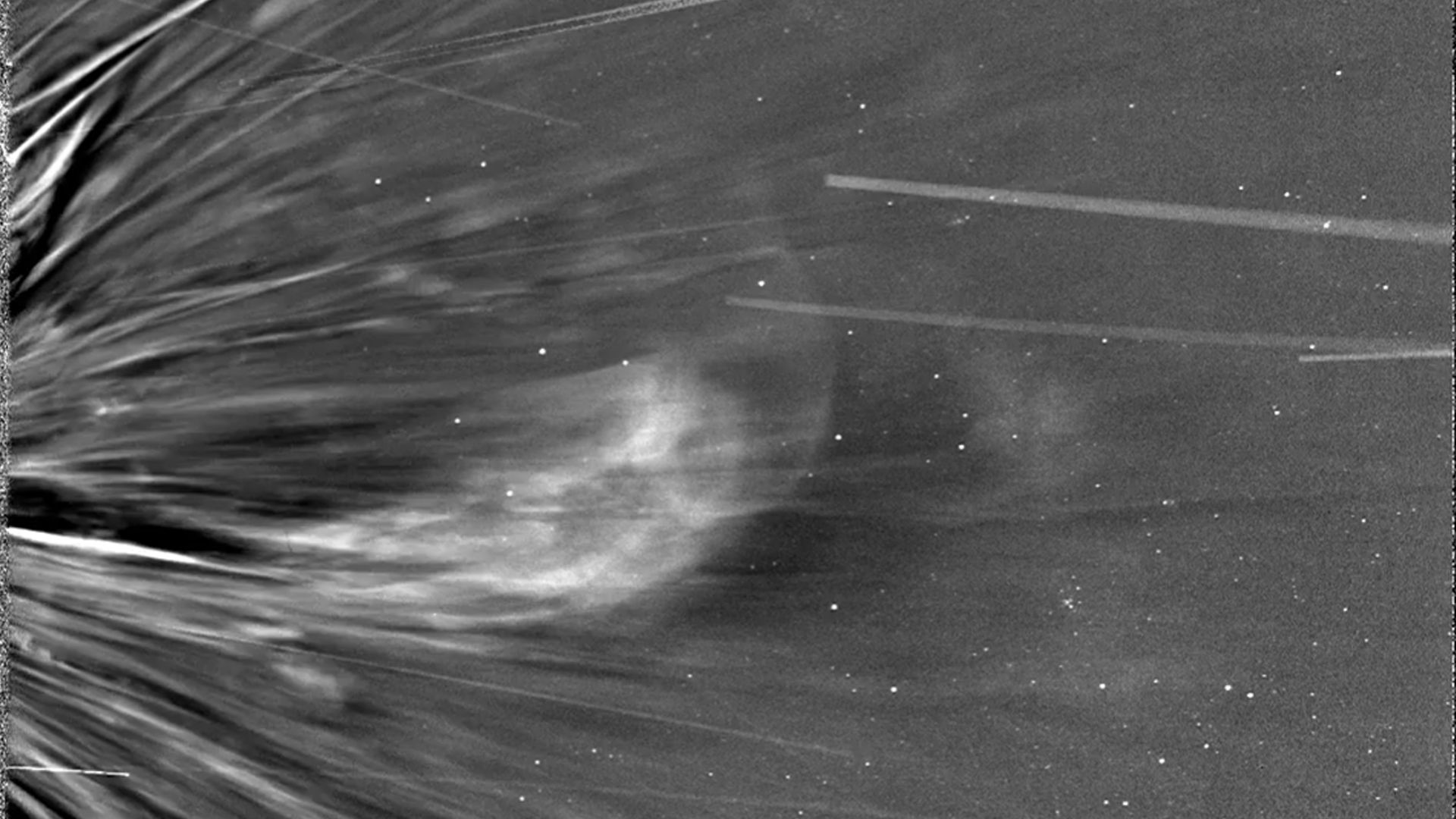
The sun may not be green, but it turns out to be adept at recycling.
NASA’s Parker Solar Probe has captured the clearest view yet of solar material billowing away from the sun before some of it makes a “U-turn,” falling back toward the star…

After 25 years of continuous human presence in space, the International Space Station remains a training and proving ground for deep space missions, enabling NASA to focus on Artemis missions to the Moon and Mars. The orbiting laboratory is also…
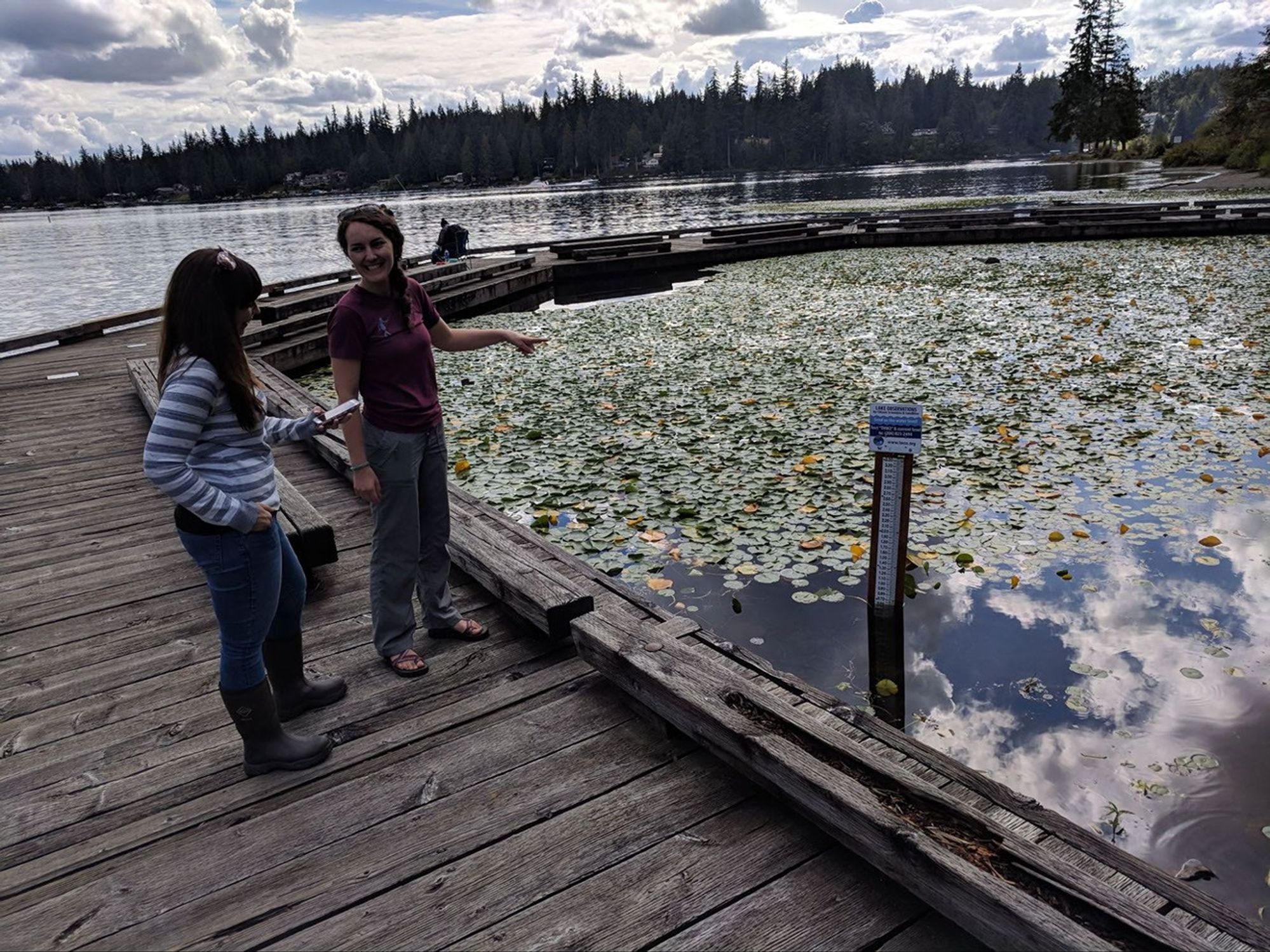
Jen Oden, Snohomish County Water Quality Specialist, and Megan Lane, LOCSS team member, report a lake height measurement at Flowing Lake, Snohomish County, Washington. Visit locss.org to contact the team or to get involved!
Grant…
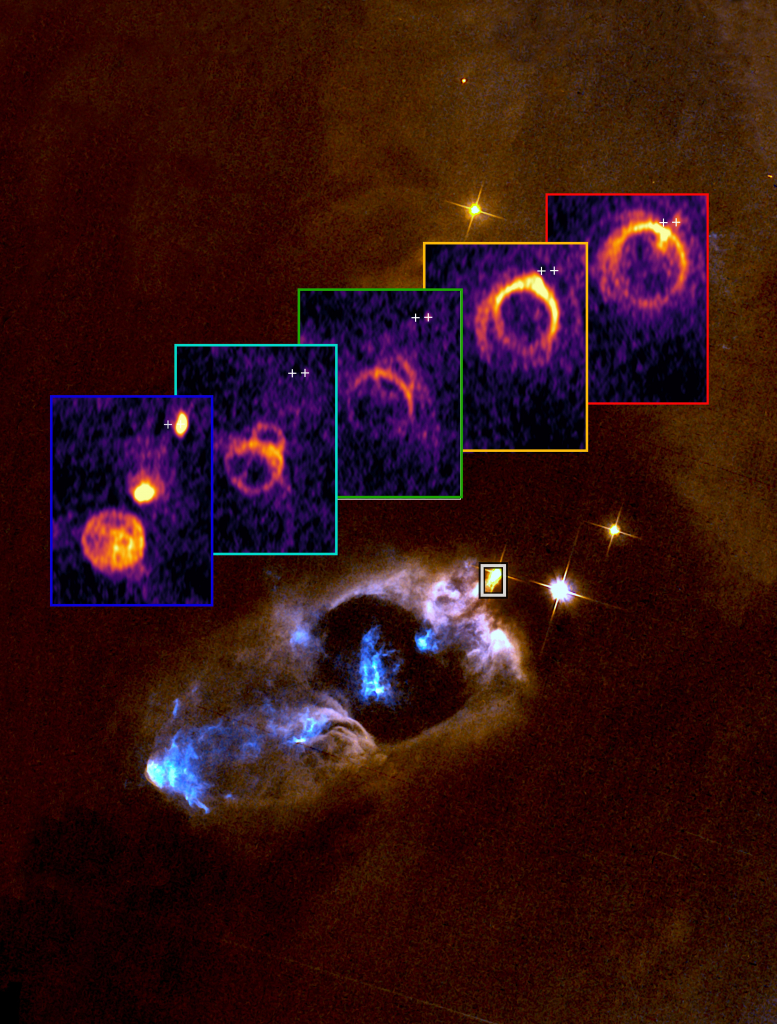
An international group of astronomers has uncovered the clearest evidence yet that the powerful jets launched by newborn stars dependably record a star’s most violent growing pains, confirming a long‑standing model of how these jets…
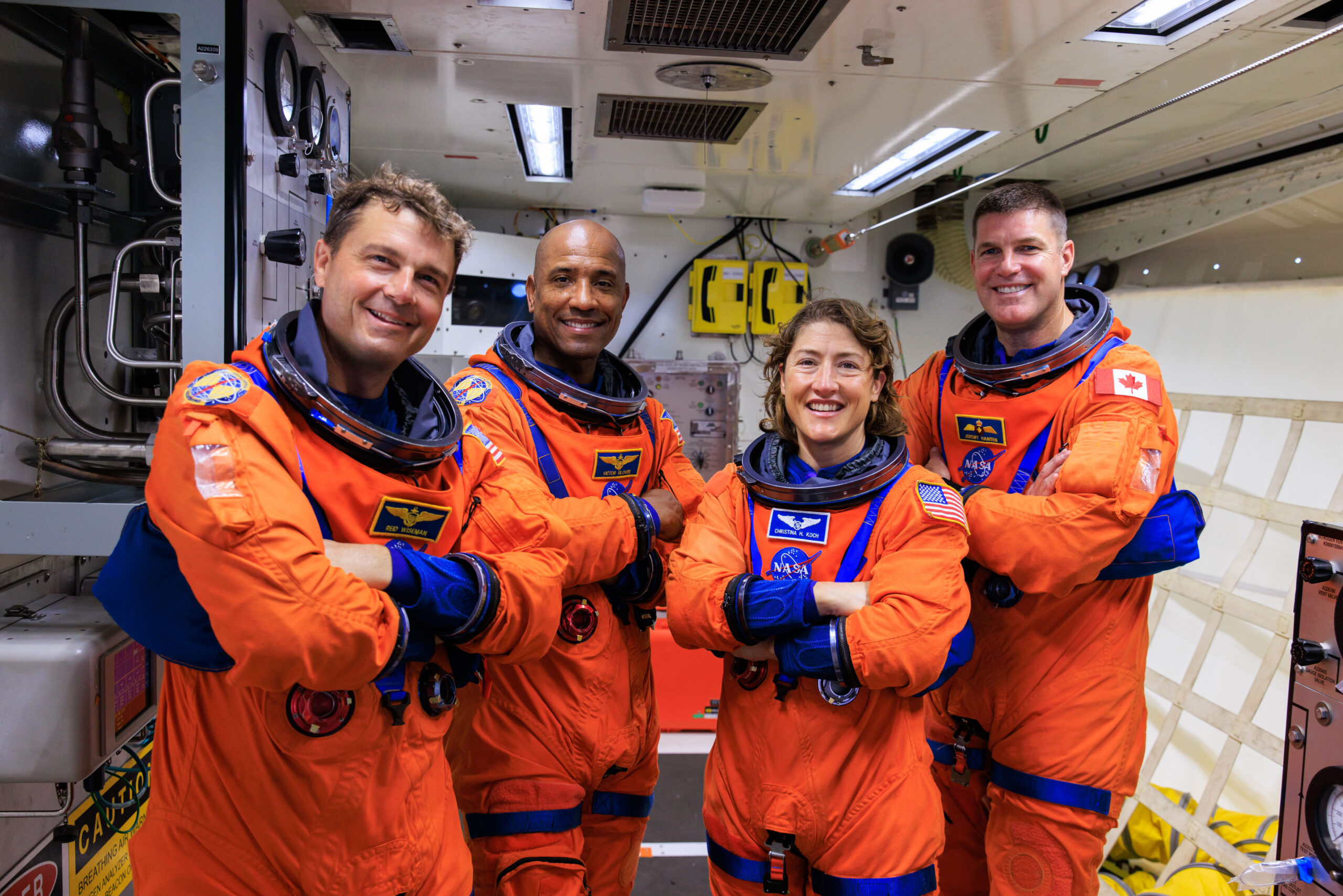
With a second Trump Administration at the helm in 2025, NASA marked significant progress toward the Artemis II test flight early next year, which is the first crewed mission around the Moon in more than 50 years, as well as built upon its…
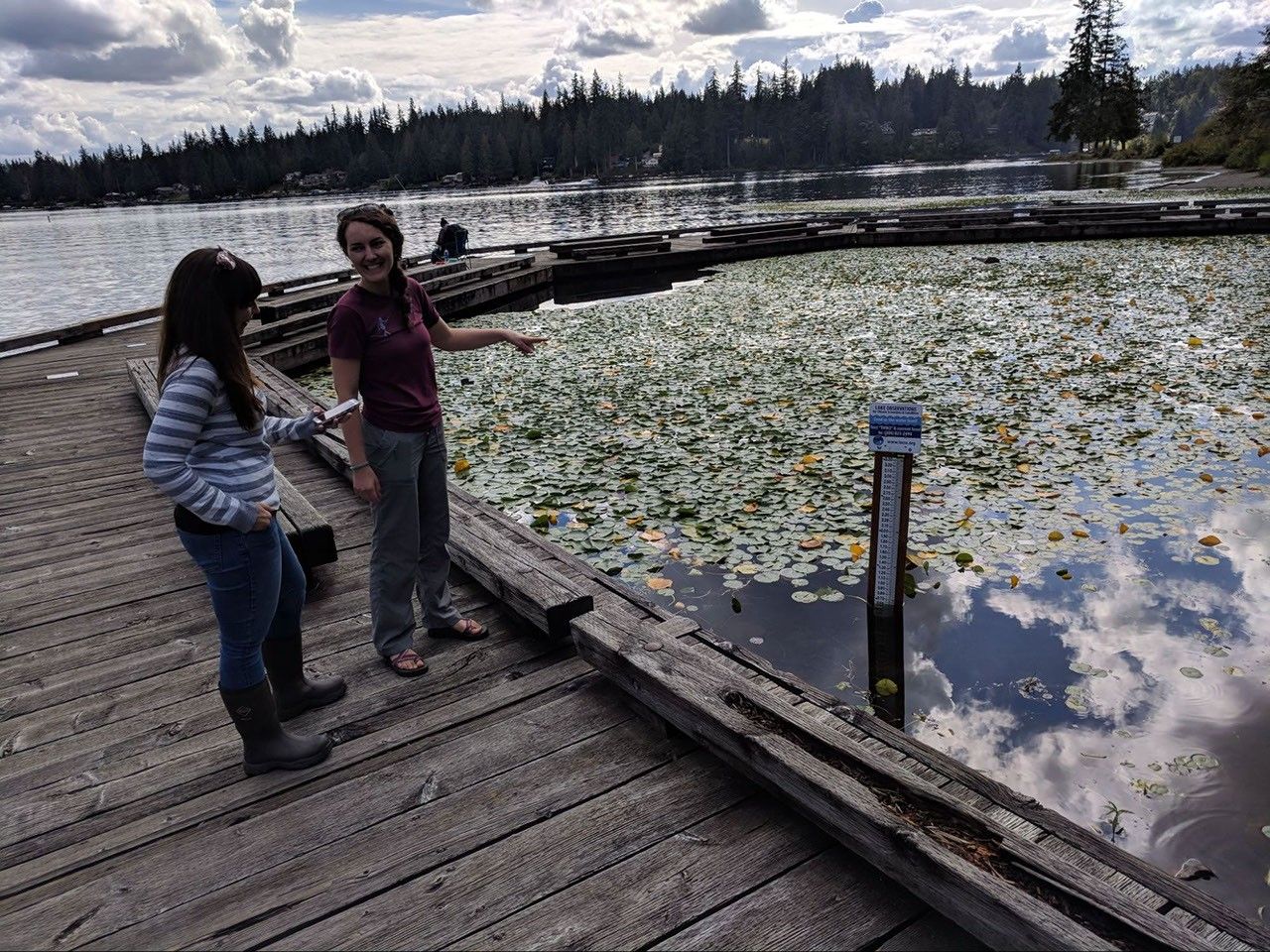
Volunteers participating in the Lake Observations by Citizen Scientists and Satellites (LOCSS) project have been collecting water level data in lakes since 2017. Now, the LOCSS team has used these data to examine the accuracy of water level…
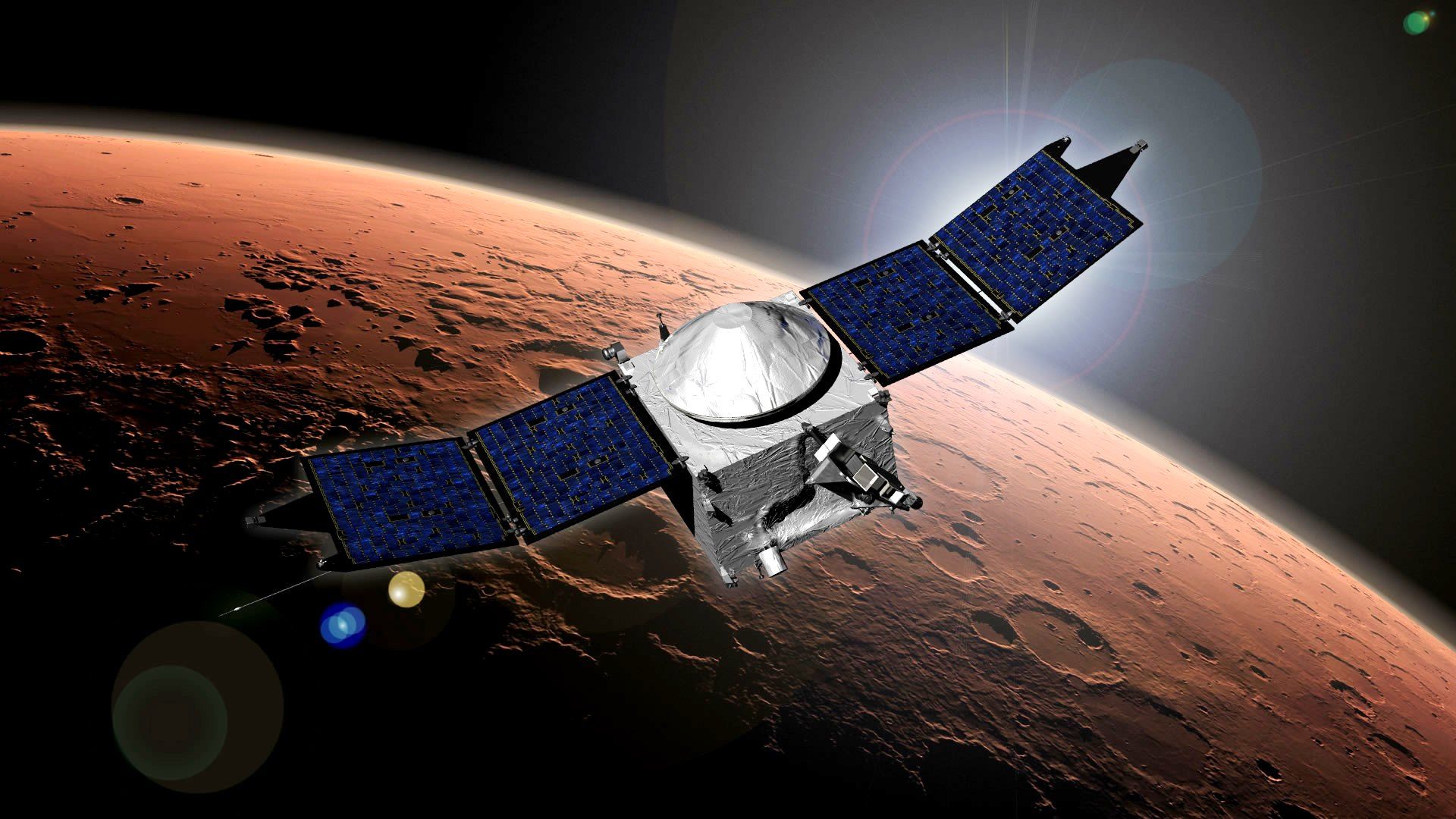
Things aren’t looking good for one of NASA’s Mars orbiters.
MAVEN (short for “Mars Atmosphere and Volatile Evolution”) has been silent since Dec. 4, despite repeated efforts to hail the spacecraft, NASA announced in an update on Monday (Dec….